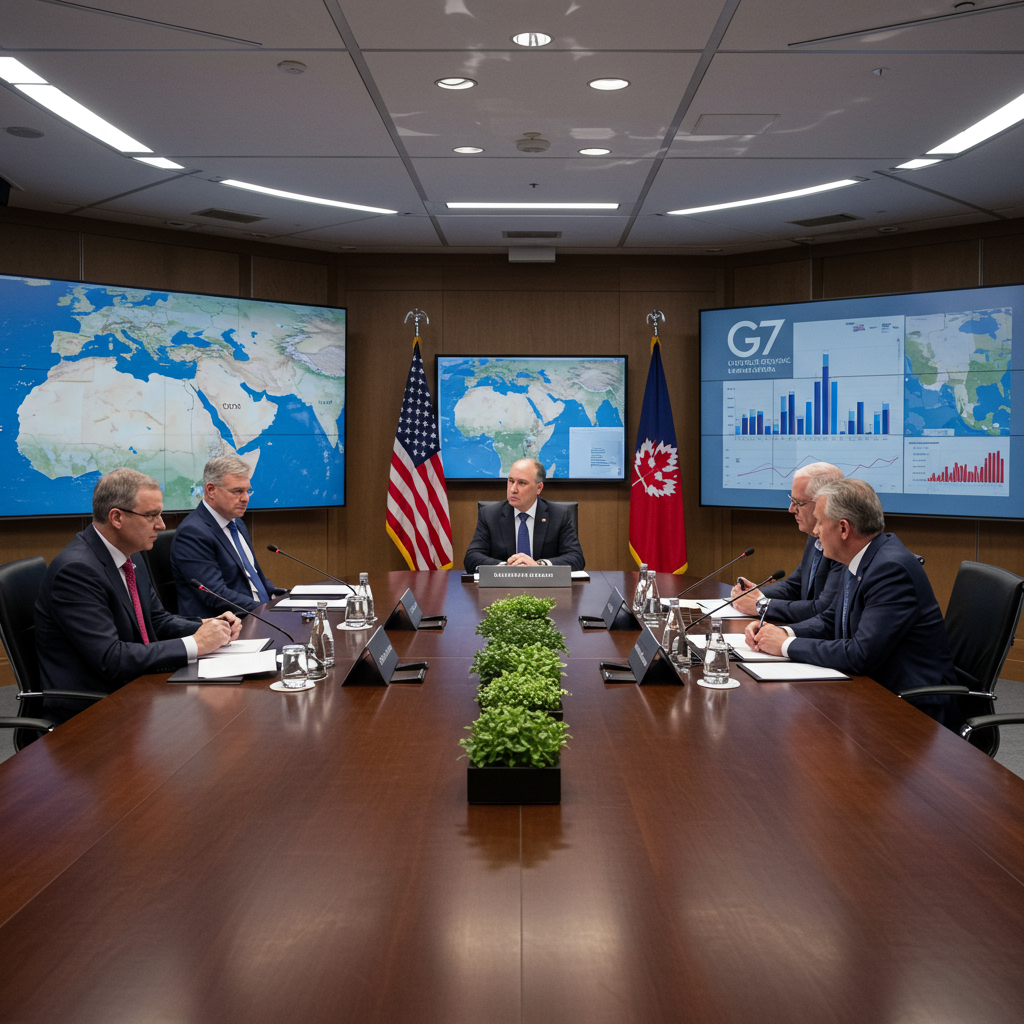An early assessment from U.S. intelligence agencies suggests that recent American airstrikes on Iran’s nuclear facilities did not destroy the country’s atomic program but likely only set it back by a matter of months. This finding appears to contradict forceful claims from the Trump administration that the strikes achieved “total obliteration.”
According to the preliminary evaluation, primarily from the Defense Intelligence Agency (DIA) and U.S. Central Command, the targeted Iranian nuclear facilities—including sites at Fordo, Natanz, and Isfahan—sustained limited long-term damage despite being hit with powerful “bunker buster” bombs.
Key Findings from the Intelligence Assessment:
Limited Setback: The strikes are estimated to have delayed Iran’s nuclear program by just “a few months, tops.”
Uranium Stockpile: Iran’s stockpile of enriched uranium was not eliminated, and some quantity was reportedly moved from the facilities before the attacks.
Centrifuges Intact: Crucial centrifuges used for enriching uranium were believed to be largely undamaged.
Above-Ground Impact: While entrances to two facilities were sealed off and some above-ground infrastructure was damaged, the core components, often situated hundreds of feet underground, largely escaped the brunt of the blasts.
Recovery Time: The speed at which Iran could resume its activities depends on the time needed for repairs and clearing debris.
Intelligence officials cautioned that this is an early assessment based on initial data and could change as more thorough battle damage assessments are completed. The evaluation was reportedly provided to key members of Congress.
Administration Disputes Assessment, Claims ‘Total Obliteration’
This early intelligence picture stands in sharp contrast to public statements from the White House. President Donald Trump declared the nuclear sites “completely destroyed” and asserted the strikes had set back Iran’s program by “basically decades,” claiming Iran had no chance to remove anything beforehand. He dismissed the intelligence assessment as “flat-out wrong” and a leak by a “low-level loser” attempting to undermine the mission’s success.
Defense Secretary Pete Hegseth echoed this stance, stating the bombing campaign “obliterated Iran’s ability to create nuclear weapons” and that anyone suggesting otherwise was trying to undermine the President and the mission. White House press secretary Karoline Leavitt also insisted that dropping fourteen 30,000-pound bombs on targets resulted in “total obliteration.”
Earlier, Gen Dan Caine, chairman of the joint chiefs of staff, had stated that initial assessments indicated “extremely severe damage and destruction” at the three targeted sites but noted that a full assessment would take time.
Diverse Perspectives Emerge
The discrepancy between the intelligence assessment and the administration’s claims highlights varying views on the strikes’ impact.
Congressional Concerns: U.S. Congressman Brad Sherman questioned the administration’s use of vague terms for success, noting indications that the enriched uranium stockpile was likely not hit.
Iranian Response: Iranian officials, including the head of the Atomic Energy Agency and the Speaker of Parliament, downplayed the damage, claiming targeted sites were partially evacuated and materials moved. They vowed to continue uranium enrichment, disregarding any demands to stop.
Israeli Claims: Israeli Prime Minister Benjamin Netanyahu asserted success in curbing Iran’s nuclear ambitions and destroying missile arsenals. An unnamed Israeli source cited by Saudi media suggested much of Iran’s enriched uranium might be buried under rubble, potentially aligning more with the intelligence view of underground structures surviving.
IAEA Uncertainty: Rafael Mariano Grossi, Director General of the International Atomic Energy Agency (IAEA), acknowledged a “significant” setback but stressed uncertainty about the location of moved uranium and the need for resumed inspections to verify underground damage.
Expert Analysis: Experts offer divided opinions. David Albright of the Institute for Science and International Security suggested the damage would require “significant time, investment and energy” to restore, adding Iran faces intense scrutiny and risk of further attacks if it rebuilds. However, other experts like Jeffrey Lewis called it a “really incomplete strike” if military action ceased, noting key components were untouched. Some questioned the overall effectiveness, calling it potentially a costly display of force.
Context of the Strikes
The U.S. strikes, which involved B-2 bombers dropping Massive Ordnance Penetrator (MOP) bombs and cruise missiles, followed a week-long Israeli campaign against Iranian targets. The strikes targeted facilities crucial for Iran’s uranium enrichment efforts.
Intelligence agencies in the U.S. are known to sometimes produce conflicting reports based on their focus and expertise, as seen in past issues like disagreements over Covid-19 origins. The preliminary nature of this assessment adds another layer of complexity to understanding the true impact of the military action.
Following the strikes, Iran retaliated with missile attacks on a base in Qatar housing U.S. troops, though this attack was largely intercepted with no reported casualties. A ceasefire between Iran and Israel, brokered by President Trump and Qatari mediators, has since taken effect.




